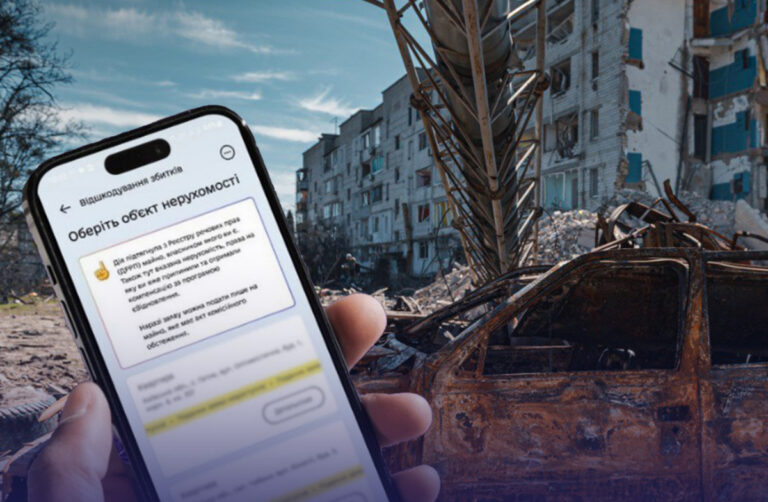
In Ukraine, Law No.12066 has come into force, introducing the exchange of electronic medical data with Territorial Recruitment and Social Support Centers (TRSSCs). For many, it sounded like a sentence: “all doctors now work for the military.” But what does the new law actually provide for? And how will it change the reality for conscripts? Let’s break it down in plain language – without myths, panic or political emotion.
What did the Verkhovna Rada adopt?
On June 20, 2024, the Verkhovna Rada adopted Bill No.12066, which expands access for government agencies to healthcare information systems. The key change is the integration of the electronic healthcare system (EHS) with the conscription registry “Oberig,” used by TRSSCs.
In other words, if you undergo a medical examination or have a medical report, it can now automatically be transferred to “Oberig” and from there to the TRSSC.
How does it work?
- Medical data is not confidential
All doctors working within the EHS system (which includes virtually all institutions contracted with the NHSU) record findings in the patient’s electronic medical card. These records may include:
- results of medical examinations
- disability or temporary incapacity
- chronic illnesses, etc.
- The link between EHS and “Oberig”
Previously, TRSSCs had to manually request these data from medical institutions or summon the individual for a military medical board (MMB). Now the data is automatically “pulled” – without paperwork or queues.
- What exactly does the TRSSC see?
According to the Ministry of Defense, TRSSCs do not get access to the entire medical record, only to information that impacts fitness for service. For example: whether there are health limitations, whether an MMB was conducted, when and for what reason.
Common myths to debunk
Myth 1: “To avoid the database, just cancel your declaration with your doctor”
This doesn’t help. If you’ve already received treatment or been examined at a facility connected to EHS (which includes 99% of state and most private clinics), your data is already in the system.
Myth 2: “Urgently delete Helsi/Diia”
Helsi is merely an interface for accessing the electronic health system. Deleting the app does not remove your data. And “Diia” only displays information from state registries.
Myth 3: “Data is shared without consent”
Yes, the transfer is authorized by law – and this has sparked ethical concerns among human rights advocates. But legally, the new law allows it. However, this does not mean full access to your medical history – only to specific parameters related to service fitness.
What about ethics?
This is one of the most sensitive issues. At the heart of medicine lies the principle of doctor-patient confidentiality. In practice, the new law partially limits this principle – but only within the framework of conscription during wartime.
This is a challenge not only for patients but also for doctors themselves. Many healthcare workers have privately admitted feeling torn between professional duty and state demands. Yet the law obliges them to record everything in the EHS.
What does this look like in practice?
Imagine you’re a man born in 1990. You go to a local clinic for an ultrasound. The doctor records a finding – say, chronic kidney disease. This entry is stored in the EHS.
After the adoption of Law No.12066, this information may become accessible via the “Oberig” system. If the TRSSC is trying to locate you, they already see that you have a health condition – and can either exempt you or summon you for a re-examination.
How is the data protected?
The Ministry of Digital Transformation assures that all data transfers occur via secure channels. Every request is logged, and access is restricted to authorized personnel only.
However, risks of leaks, technical errors or abuse remain. As does the question – who is responsible if a system error leads to someone being declared fit for service despite serious medical contraindications?
Law No.12066 is another step toward automating conscription processes. It doesn’t introduce anything fundamentally new – but it eliminates the intermediary step between TRSSCs and medical institutions. There is logic to this: fewer queues, fewer forgeries, fewer “arrangements.” But it also raises concerns – about the loss of control over personal data.
The key is not to panic or take irrational steps. Canceling a doctor’s declaration or deleting an app won’t save you from the draft. But an honest conversation with your physician and proper documentation might help.
Ignoring the law is not a solution. But agreeing to everything without criticism is not an option either. In such matters, it’s important to know your rights, act thoughtfully, and remember that the state has responsibilities toward everyone – those in the database today, and potentially on the front line tomorrow.














